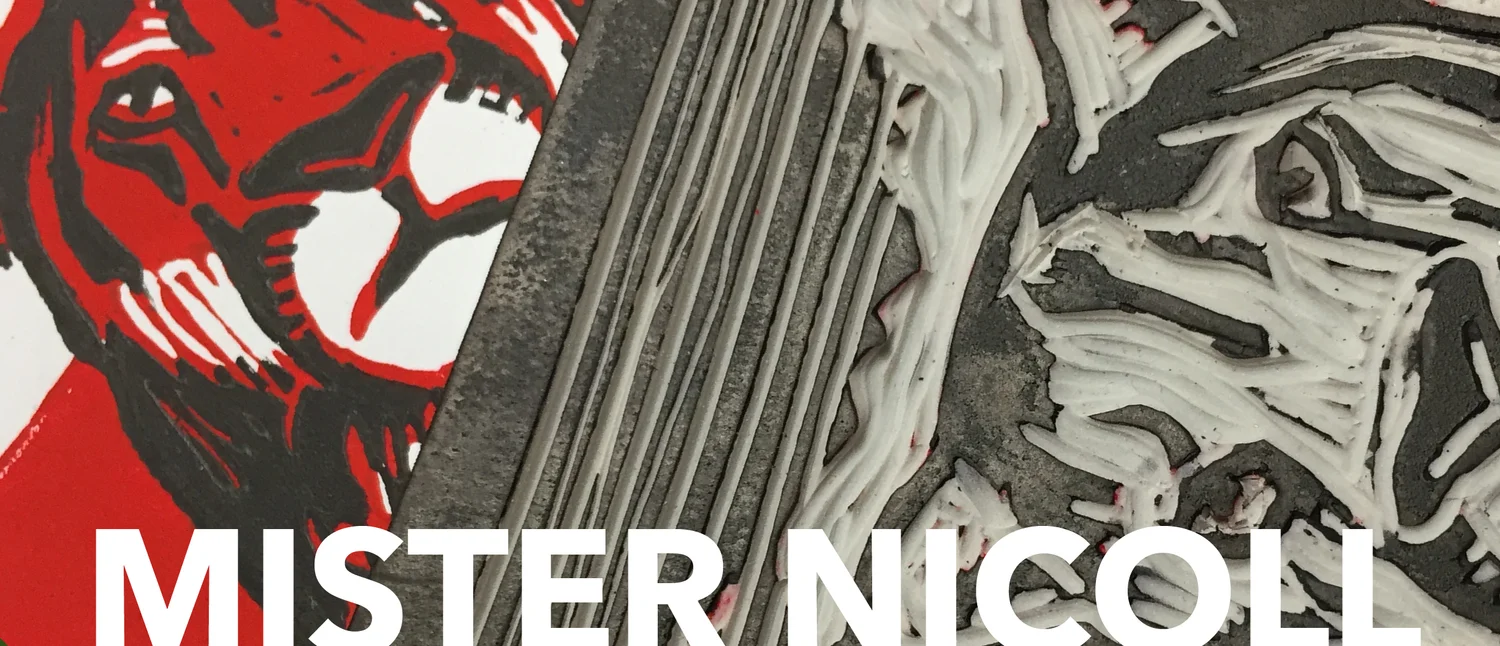Self Portrait
Self Portrait
Artists have been creating images of themselves throughout the history of art. A self portrait allows the artist, you, to express your personality and interests in a unique image that records yourself at a particular moment in time.
WEEK 1
DAY 1
Prepare
Watch the video below to see examples of self portraits by many different artists.
In order to create an image that resembles you it is important to know about common proportions of faces. Proportions are comparative lengths, widths, heights and distances between features on the face, like the distance between eyes, for example. Although everyone’s face is unique artists have learned that most faces follow certain guidelines.
Practice
Watch the following video that describes average proportions of faces.
Although many artists draw or paint themselves you may also choose to use digital tools to create your self portrait. However you choose to create the image you will need to begin with an image of yourself. Traditionally artists looked at themselves in a mirror to draw themselves, but you may also use a photograph as reference.
In the video section of this website you will find videos that address drawing contour lines (outlines ) of eyes, the mouth, ears, and lips.
DAY 2
When using digital tools you may import a photo of yourself and create layers on top of the photo that allow you to trace features of the face. The video below shows how you can do this in Autodesk SketchBook.
When using line to draw your self portrait vary the weight of your line (making it thick or thin). Thick lines can indicate shadows (like a heavier line beneath the chin). Thin lines can be used to draw eyelashes or hair. Watch the video below about varying the weight of your lines.
Apply
Begin your drawing by using a mirror or photo for reference. You may draw using pencil on paper and outline later using an ink pen or you may use Autodesk SketchBook to create a line drawing of your face.
WEEK 2
DAY 1
Prepare
You can add shadows and highlights to your self portrait using color. The video below demonstrates how to add shadows and highlights to your drawing using Autodesk SketchBook. If you are not creating your self portrait digitally you may refer to the other video below (Van Gogh Style Self Portrait). Both videos illustrate how shadows are often a darker skin tone and highlights are often a lighter skin tone. Shading your self portrait adds life to your drawing by giving it more dimension. A video about shading with pencil can be found in the video section of this website.
Practice
Add shading to your line drawing either with color materials, digitally or by using a pencil. Pay close attention to the source of light in your photo. If you are using a mirror notice where light is coming from (a window or lights overhead). Place highlights and shadows according to where you see them in the original image.
DAY 2
Prepare
Think about how you can make your self portrait an expression of who you are. Just by drawing a self portrait you are creating something that is unique and depicts your face but you can add details that make your self portrait a reflection of your mood, your interests or your personality. Here are just a few examples that use details to make each self portrait as one of a kind as the artist.
Apply
Complete your self portrait by adding details that make it a unique expression of who you are. If you are using color materials be sure to use them to create shadows and highlights. If you are using only pencil you should add shadows and highlights using the pencil. Your should utilize the space in your background by adding color, shapes or patterns. Your creative effort reflects the amount of time you invest in your craftsmanship and in developing a self portrait that is uniquely your own.





